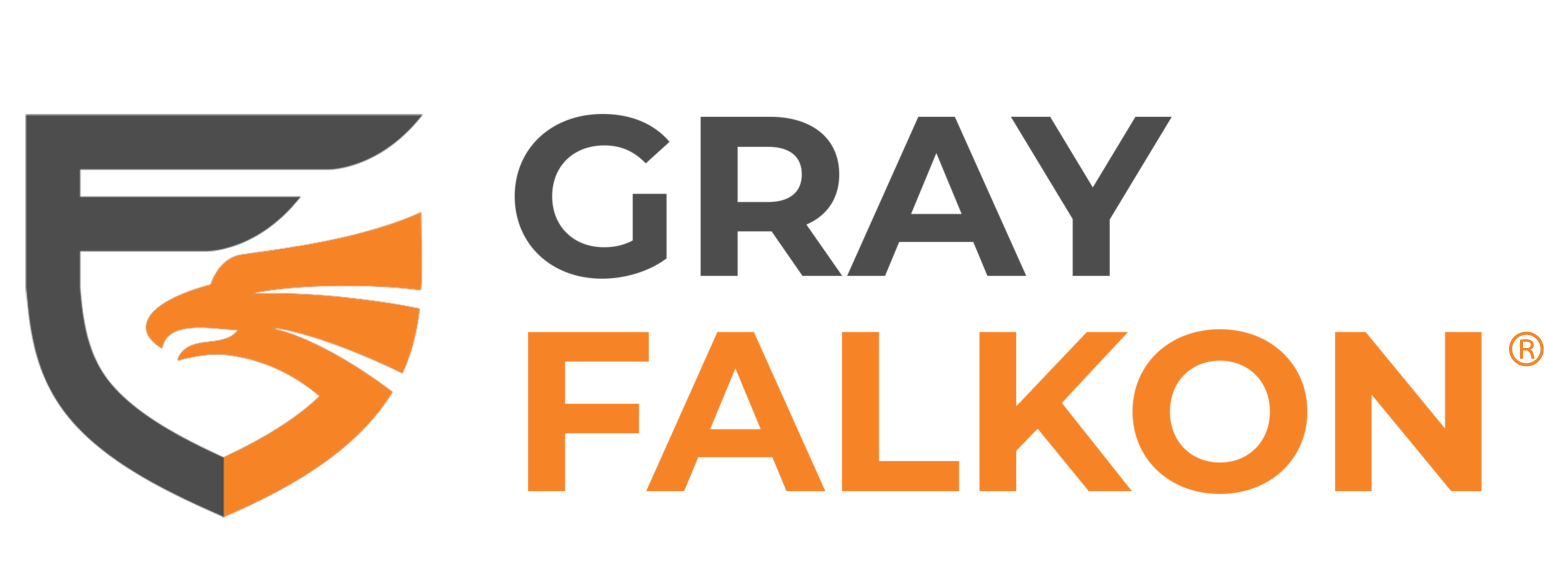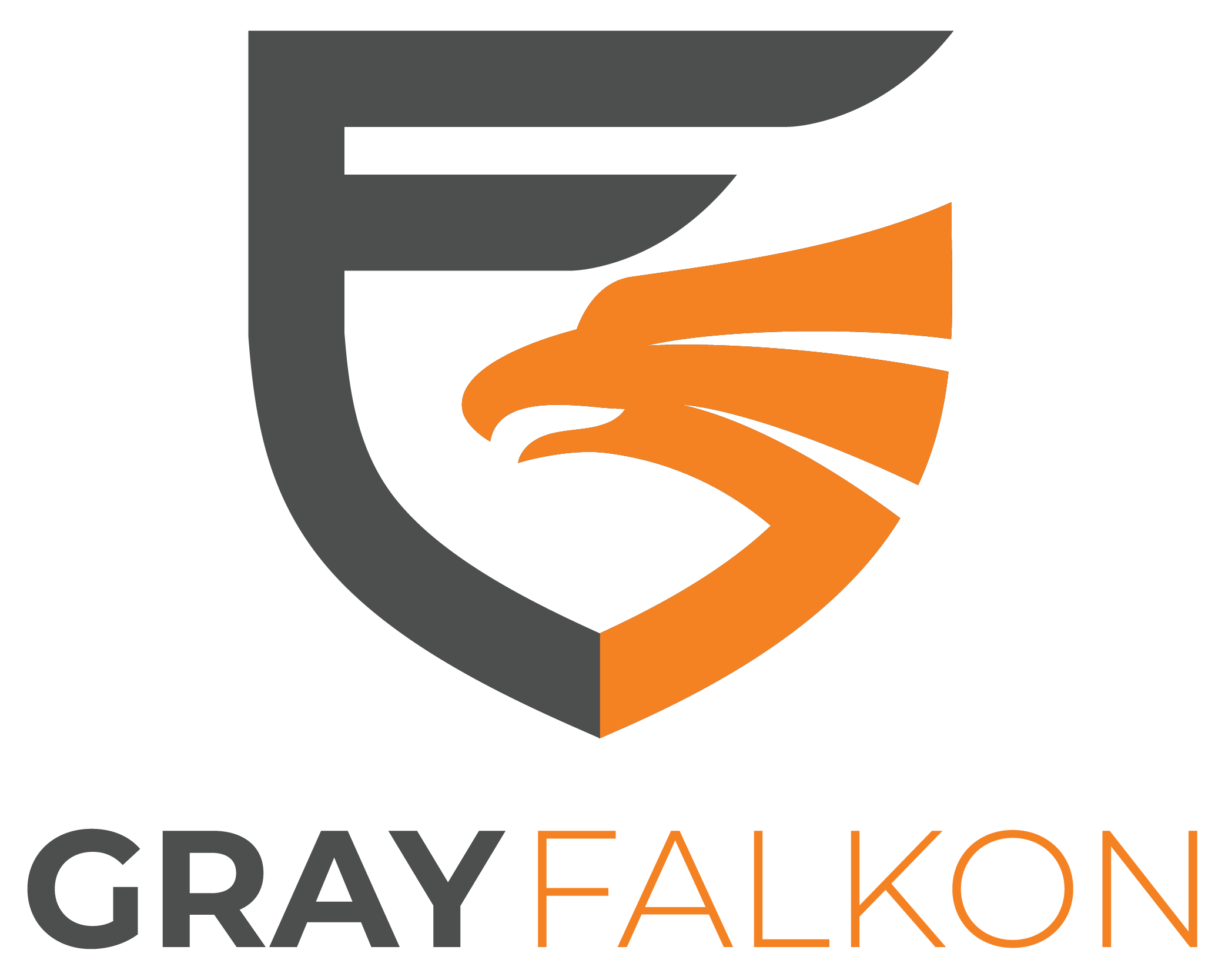
In the ever-evolving world of eCommerce, social media has emerged as a powerful tool for driving sales and reaching new customers. Platforms like Facebook, Instagram, Pinterest, and TikTok have become essential channels for brands and sellers looking to expand their reach and boost their presence on Amazon. By strategically leveraging social media advertising, sellers can direct traffic to their Amazon listings, increase visibility, and ultimately, drive more sales.
However, the benefits of social media advertising are not without challenges. As sellers invest in these platforms to promote their products, unauthorized sellers may also use these same channels to disrupt legitimate sales efforts, undercut prices, and confuse consumers. Navigating these challenges while maximizing the potential of social media advertising requires a well-planned strategy. With the right approach, social media can become a valuable asset in your eCommerce toolkit, helping you stand out in a crowded marketplace.
The Role of Social Media in Driving Amazon Sales
Social media has revolutionized how brands connect with customers, making it a crucial component of any comprehensive eCommerce strategy. Platforms like Facebook, Instagram, Pinterest, and TikTok offer sellers unique opportunities to drive traffic to their Amazon listings and increase sales. Social media allows brands to engage with a vast audience, promote their products in creative ways, and build a loyal customer base.
The visual and interactive nature of social media makes it especially effective for product discovery. Consumers often browse their feeds for inspiration, and well-placed ads or engaging content can capture their attention and direct them to your Amazon listings. The key advantage of social media over other advertising channels is its ability to foster a deeper connection between brands and consumers. Through likes, comments, and shares, brands can create a sense of community and encourage word-of-mouth marketing.
Different platforms offer unique strengths:
Facebook: With its robust targeting options and large user base, Facebook is ideal for reaching a wide audience and driving traffic to Amazon listings. The platform’s detailed analytics also allow sellers to track performance and optimize their campaigns.
Instagram: As a highly visual platform, Instagram is perfect for showcasing products through images and videos. The introduction of Instagram Shopping and shoppable posts makes it easy for users to purchase products directly from the app, driving them to Amazon listings.
TikTok: Known for its viral content and younger audience, TikTok offers sellers the opportunity to reach a new demographic. Creative, short-form videos can generate significant engagement and direct viewers to your Amazon store.
Pinterest: Curated Pinterest boards allow for organic and paid content to thrive in categories like home decor, fashion, and DIY. With its highly engaged user base actively searching for ideas and products, Pinterest provides an opportunity for sellers to capture users in the discovery phase. The recent integration allowing purchases directly through Pinterest streamlines the shopping process, making it easier than ever to convert Pinterest users into Amazon customers.
Social media’s ability to drive traffic, increase brand awareness, and create engaging content makes it an indispensable tool for boosting Amazon sales.
Organic Social Media vs. Social Media Advertising
Understanding the difference between organic social media and social media advertising is crucial for developing an effective marketing strategy. Each approach offers unique benefits, and knowing when to use one over the other, or when to combine them, can make a significant difference in driving traffic to your Amazon listings and boosting sales.
Organic Social Media
Organic social media refers to the unpaid content that brands post on their social media channels. This includes everything from regular updates, product photos, and behind-the-scenes content to engaging with followers through comments and messages. The primary goal of organic social media is to build a strong, loyal community around your brand, fostering long-term relationships with your audience.
Brand Building: Organic social media is a powerful tool for showcasing your brand’s personality, values, and unique selling points. It allows you to tell your brand’s story, connect with your audience on a personal level, and build trust over time.
Community Engagement: By interacting directly with your followers, you can create a sense of community and encourage word-of-mouth promotion. Engaging content that resonates with your audience can lead to shares, comments, and likes, amplifying your reach without the need for paid promotion.
Cost-Effective: Since organic social media doesn’t require a direct financial investment, it’s a cost-effective way to maintain a consistent presence online. However, it can be time-intensive and may take longer to produce measurable results compared to paid strategies.
Social Media Advertising
Social media advertising, on the other hand, involves paying to promote your content to a broader or more targeted audience. This includes sponsored posts, display ads, and video ads that are shown to users based on their interests, behaviors, and demographics. Social media advertising is a more immediate strategy focused on driving specific actions, such as increasing website traffic, generating leads, or boosting sales on Amazon.
Targeted Reach: Social media advertising allows you to reach a much larger, targeted audience beyond your current followers. With advanced targeting options, you can ensure your ads are seen by potential customers who are most likely to be interested in your products.
Immediate Results: If your goal is to quickly drive traffic to your Amazon listings or increase sales during a specific campaign, social media advertising is the better choice. It provides immediate visibility and can be scaled up or down based on performance.
Scalability: Paid social media campaigns can be scaled easily to reach more people or target new demographics. You can adjust your budget, creative, and targeting on the fly to optimize performance and return on investment (ROI).
Choosing Between Organic and Paid Social Media
The decision to focus on organic social media, social media advertising, or a combination of both depends on your brand’s specific goals and resources.
If your priority is building brand loyalty and engaging with your community, organic social media is the way to go. It’s ideal for maintaining a consistent brand presence and nurturing long-term relationships with your audience.
If you’re looking for quick results and want to drive immediate traffic to your Amazon listings, social media advertising is more effective. It allows you to reach a broader audience quickly and can be a powerful tool during product launches, promotions, or sales events.
Why Use Both?
For many brands, the most effective strategy is to use both organic and paid social media in tandem. By maintaining a strong organic presence, you build a foundation of trust and loyalty with your audience, which can make your paid advertising efforts more effective. Followers who recognize and trust your brand are more likely to engage with your ads, leading to better conversion rates. Additionally, insights gained from your organic social media performance can inform your paid advertising strategies. Understanding what type of content resonates with your audience can help you craft more effective ads, improving your ROI.
Both organic social media and social media advertising have their unique strengths and are most powerful when used together. By understanding when and how to leverage each, brands can create a well-rounded social media strategy that drives traffic to their Amazon listings, enhances brand visibility, and boosts sales.
Challenges of Unauthorized Sellers
While social media advertising presents a powerful opportunity for driving traffic and boosting sales, it also comes with the risk of unauthorized sellers using these same platforms to disrupt your brand’s market presence. Unauthorized sellers can leverage social media ads to undercut prices, confuse consumers, and ultimately harm your brand’s reputation and profitability.
How Unauthorized Sellers Exploit Social Media Advertising
Unauthorized sellers are often quick to capitalize on the visibility and reach that social media advertising offers. They may use tactics similar to legitimate sellers but with the intent to mislead customers and divert sales away from authorized channels.
Price Undercutting: One of the most common tactics used by unauthorized sellers is price undercutting. By advertising the same products at lower prices, these sellers can attract price-sensitive customers. This not only affects the profitability of authorized sellers but also devalues the brand in the eyes of consumers, who may perceive the lower prices as an indication of lower quality.
Misinformation and Deceptive Advertising: Unauthorized sellers often use misleading ads to promote unauthorized, counterfeit, and or gray market products. They might use brand names, logos, or product images in their ads, leading consumers to believe they are purchasing from a legitimate source. This can result in customer dissatisfaction when the product does not meet expectations, ultimately damaging the brand’s reputation.
The Impact on Your Brand
The presence of unauthorized sellers on social media can have several negative consequences for your brand:
Erosion of Brand Value: When unauthorized sellers undercut prices, it can lead to a devaluation of your brand. Customers may start to associate your brand with lower prices and reduced quality, making it difficult to maintain a premium positioning in the market.
Customer Trust and Satisfaction: Customers who unknowingly purchase from unauthorized sellers may receive counterfeit or inferior products. This can lead to negative reviews, increased return rates, and a loss of customer trust, all of which can be difficult to rebuild.
Increased Competition and Advertising Costs: The presence of unauthorized sellers increases competition for ad placements, driving up the cost of social media advertising for legitimate sellers. This can strain your advertising budget and reduce the overall effectiveness of your campaigns.
Gray Falkon’s Role in Supporting Your Social Media Advertising Efforts
Maintaining control over your brand’s presence across multiple platforms is essential for success. As you send traffic to your Amazon listings, our solution provides comprehensive protection against unauthorized sellers utilizing social media advertising.
Comprehensive Monitoring Solutions
Our advanced monitoring solution tracks product listings across multiple eCommerce platforms, including Amazon, Walmart, eBay, and more. Using AI-powered technology, we continuously scan for policy infringements, ensuring that only authorized sellers are distributing the brand’s products.
Effective Marketplace Violation Filing and Proactive Protection
Our AI-driven technology goes beyond the detection of unauthorized listings and sellers. It creates the necessary arguments and workflows to get marketplaces to take action against unauthorized sellers. As eCommerce marketplaces evolve, our AI learns and adapts new strategies to improve its effectiveness.
Dedicated Brand Success Strategist
Brands enrolled in Gray Falkon’s Full Deployment plan benefit from a dedicated Brand Success Strategist who provides ongoing support and strategic guidance. This personalized service ensures that the brand’s protection strategies and technologies are effectively aligned with their specific needs. The strategist works closely with the brand to navigate the complexities of multiple marketplaces, providing expert advice and actionable recommendations.
By leveraging Gray Falkon’s advanced technology and dedicated support, brands can ensure a robust defense against unauthorized sellers, maintaining their integrity and market presence on Amazon and other eCommerce marketplaces.
Work With Us
Social media advertising presents powerful potential for brands to drive traffic and increase sales on Amazon. However, the benefits of these platforms are accompanied by challenges, particularly from unauthorized sellers who can use the same tools to disrupt your efforts. By implementing robust strategies and partnering with a brand protection expert like Gray Falkon, you can maximize the effectiveness of your social media advertising while safeguarding your brand’s reputation and profitability.
As you explore the potential of social media advertising, remember the importance of a holistic approach to brand protection, one that covers all platforms and prepares you for the challenges ahead. Schedule a demo today and discover how Gray Falkon can protect your brand.



